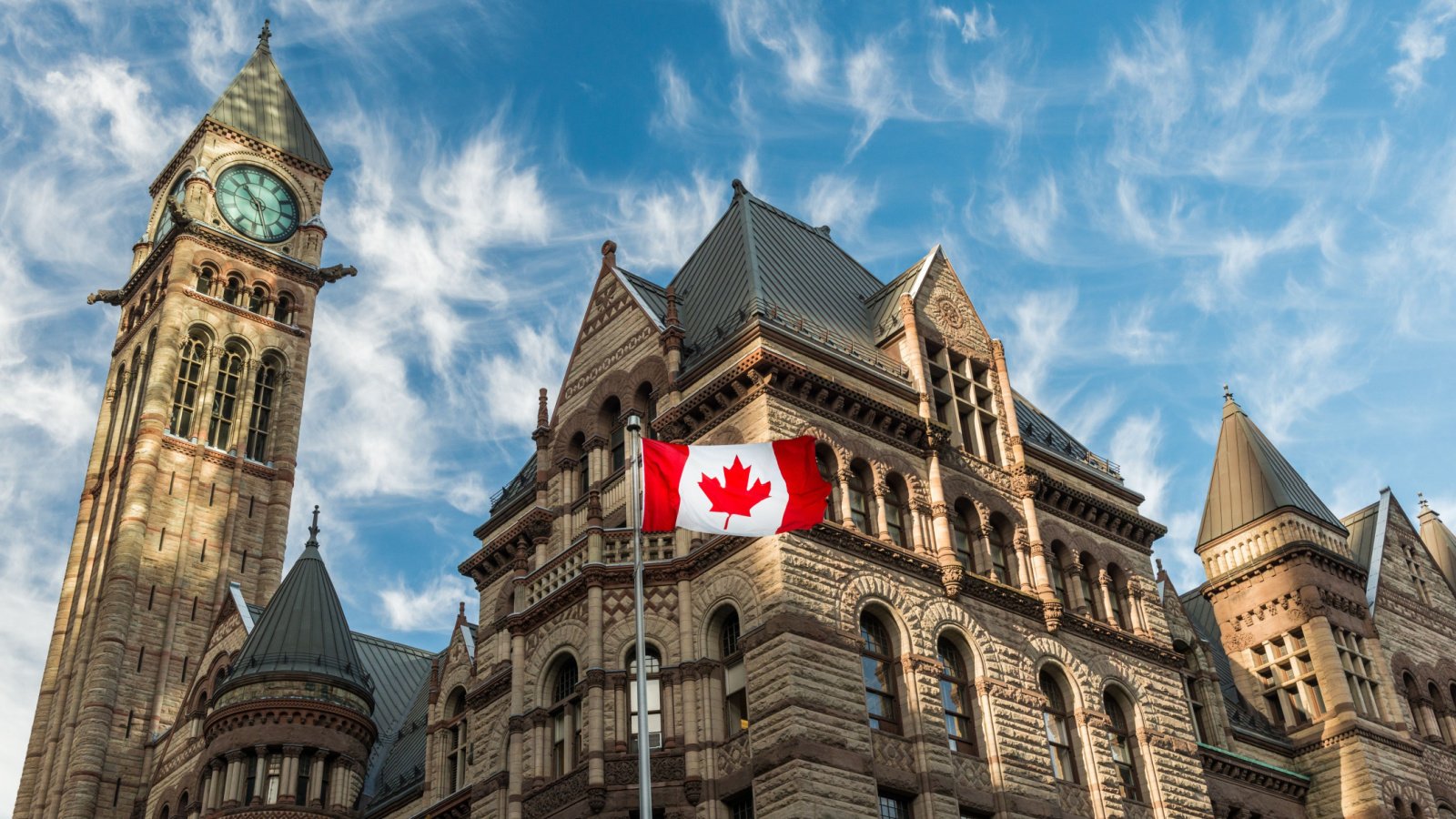New data confirms Canada’s birth rate has reached a historic low, continuing a years-long trend of decline. Fewer women in Canada are choosing to have children, contributing to this ongoing crisis.
Global Trend of Declining Birth Rates

Canada’s new record low birth rate is part of a global trend of demographic changes, with many countries experiencing similar declines. Reasons for having fewer children vary, making this a complex issue.
Statistics Canada Reports Historic Low

Statistics Canada reveals the country’s fertility rate is at its lowest in over a century, now at 1.33 children per woman in 2022. This marks a decrease from 2021’s rate of 1.43 children per woman, far below the replacement level of 2.1.
Nationwide Decline in Birth Rates

Every Canadian province and territory witnessed a decline in birth rates. However, Nova Scotia and Quebec did not hit new fertility lows unlike the rest of Canada.
Long-Term Trends and Causes

For over a decade, Canadians have been choosing to have fewer or no children, showing a clear trend of declining birth rates. Analysts attribute the further decrease to various factors, including societal and economic concerns.
COVID-19’s Impact on Fertility Decisions

The COVID-19 pandemic has led to a “fertility pandemic rollercoaster,” affecting Canadians’ childbearing choices. Many have postponed having children due to the pandemic’s economic and societal shocks.
Delaying Parenthood

Canadians are delaying having children until their 30s or 40s, unlike older generations who had children in their twenties. The pandemic has significantly influenced these timing choices.
Economic Concerns Affecting Birth Rates

Economic worries and rising inflation may be causing Canadians to reconsider having children amidst financial struggles. The high cost of housing, especially in cities like Vancouver, is also contributing to lower fertility rates.
Canada’s Fertility Rates Compared to G7

While all G7 countries, except the United States, have seen declining fertility rates, Canada’s drop is notable. Other Western nations, including France, are facing similar challenges, prompting actions like increased parental leave.
Global Concerns Over Declining Birth Rates

European countries are also experiencing continuous drops in birth rates, with concerns over wars, economic instability, and climate change affecting decisions on parenthood. South Korea faces the most significant drop, threatening a significant population decrease.
Canada’s Population Growth Despite Decline

Despite the fertility rate decline, Canada’s population continues to grow, recently surpassing 40 million. This growth is largely due to high levels of immigration, compensating for the lower birth rates.
Immigration’s Role and Challenges

Canada relies on immigration to maintain population growth, facing historically high levels in recent years. While beneficial, this trend has led to challenges such as housing crises and increased pressure on healthcare systems.







